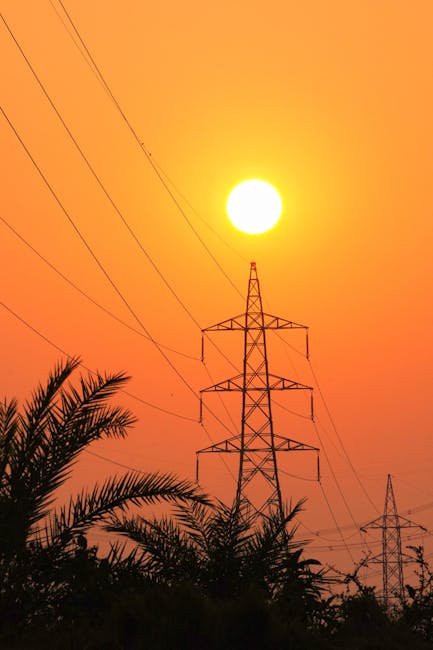The phrase alone conjures images of apocalyptic chasms, swallowing everything in their path: “The ground is splitting open in the Pacific Northwest.” While the reality isn’t quite a scene from a disaster movie, this dramatic headline points to a deeply significant, ongoing geological narrative unfolding across one of North America’s most iconic and geologically dynamic regions. It’s a compelling story of an Earth constantly reshaping itself, offering both wonder and a potent reminder of our planet’s inherent power.
Deep Cracks and Shifting Earth: Unpacking the Phenomenon
The Pacific Northwest is a geological hotspot, cradled between the mighty Pacific Ocean and a complex network of active tectonic plates. The slow, relentless subduction of the Juan de Fuca plate beneath the North American plate creates immense pressures, fueling everything from the Cascade volcanoes to the region’s well-known seismic activity. But beyond the dramatic earthquakes, these deep, underlying forces are also at play in more subtle, yet equally profound, ways.
What appears as “splitting ground” often manifests as large-scale, deep-seated landslides or active fault zones where the earth’s crust is literally pulling apart or sliding past itself. These aren’t always sudden, catastrophic events. Many are gradual, creeping movements, carving out fissures and scarps that can stretch for miles, imperceptibly widening over decades or accelerating during periods of heavy rainfall. The region’s unique combination of steep, unstable slopes, porous volcanic rock, and abundant precipitation creates ideal conditions for these types of earth movements. Scientists monitor these movements with a range of sophisticated tools, from satellite imagery to ground-based sensors, mapping the subtle shifts that collectively reveal a landscape in constant, powerful flux.
More Than Just a Crack: The Stakes for the Northwest
Understanding these geological movements goes far beyond academic curiosity; it’s vital for the communities that call the Pacific Northwest home. When the ground splits or shifts, even slowly, the implications are tangible and far-reaching. Infrastructure—roads, pipelines, power lines, and even homes—can be compromised, leading to costly repairs, disruptions, and safety hazards. Ecological systems are also impacted, as shifting landscapes alter drainage patterns, affect waterways, and change habitats for local flora and fauna.
The visible cracks serve as crucial indicators of deeper, ongoing geological processes, informing our understanding of seismic risks and long-term land stability. They highlight the necessity for robust land-use planning, engineering practices that account for a dynamic environment, and continuous public education. It’s a stark reminder that we live on a dynamic planet, where the very ground beneath our feet is a living, breathing entity. “These fissures aren’t just cosmetic; they’re the surface expression of powerful, underlying forces at work, constantly reshaping the landscape and demanding our attention for safety and planning,” notes Dr. Anya Sharma, a regional geoscientist.
Ultimately, the “splitting ground” in the Pacific Northwest isn’t an isolated phenomenon but a multifaceted display of planetary forces. It underscores the profound interconnectedness of geological processes and the critical need for humanity to observe, understand, and adapt to the ever-changing face of our world.
*




